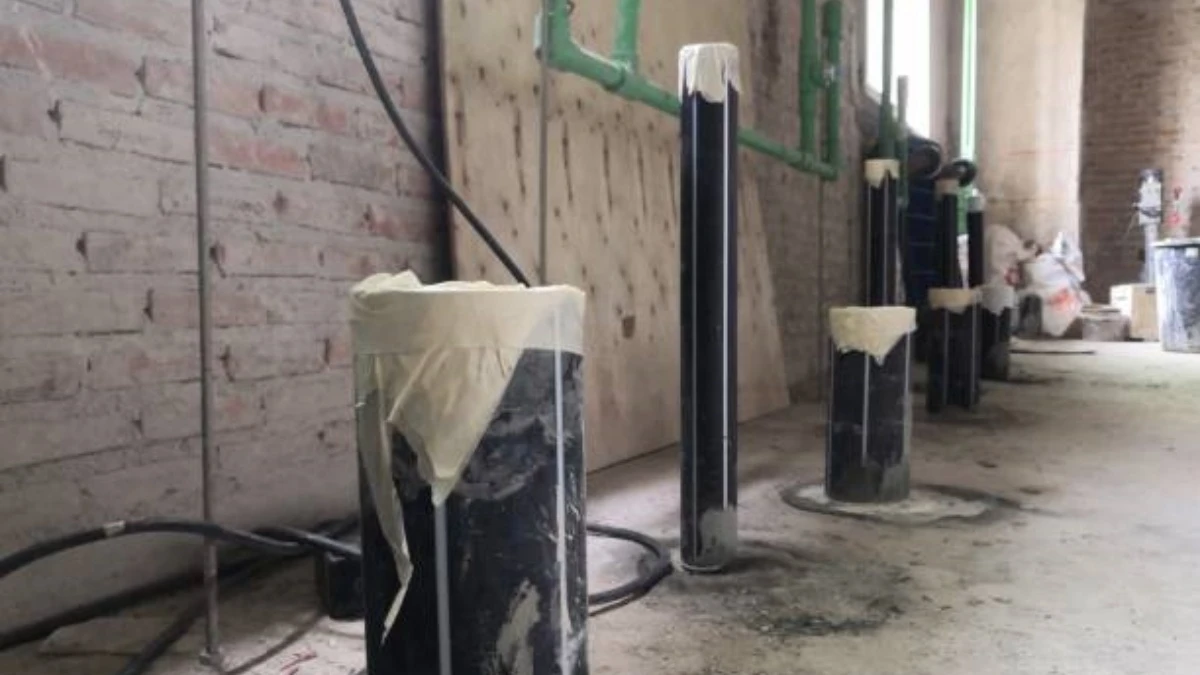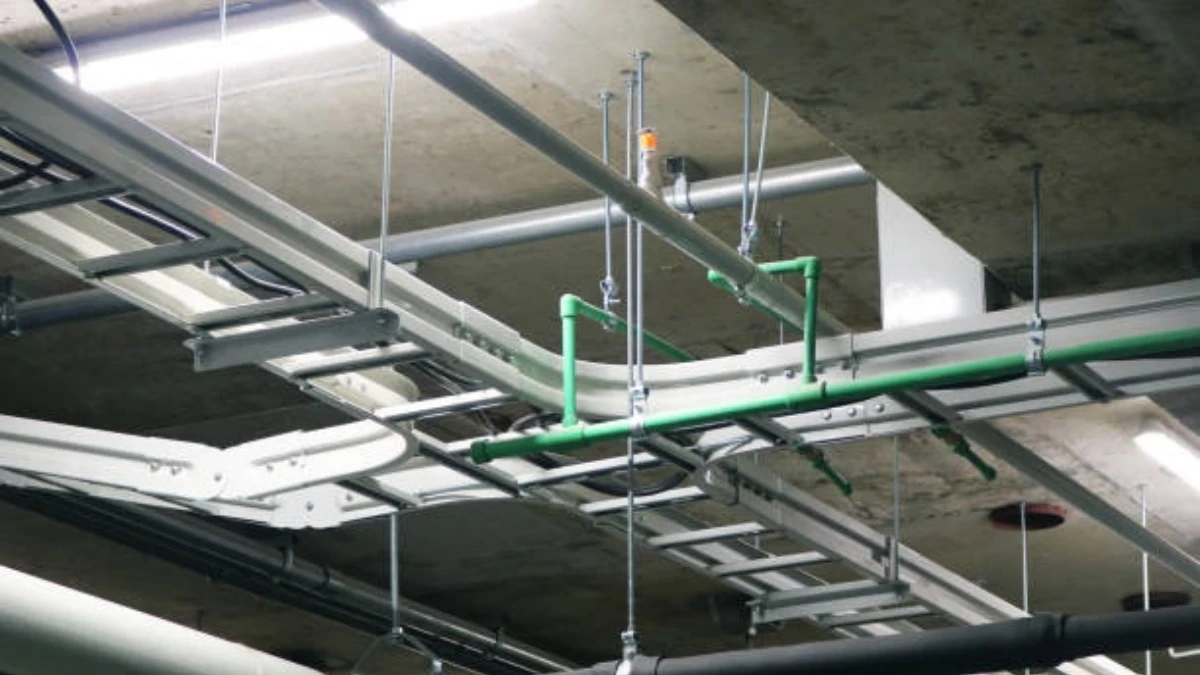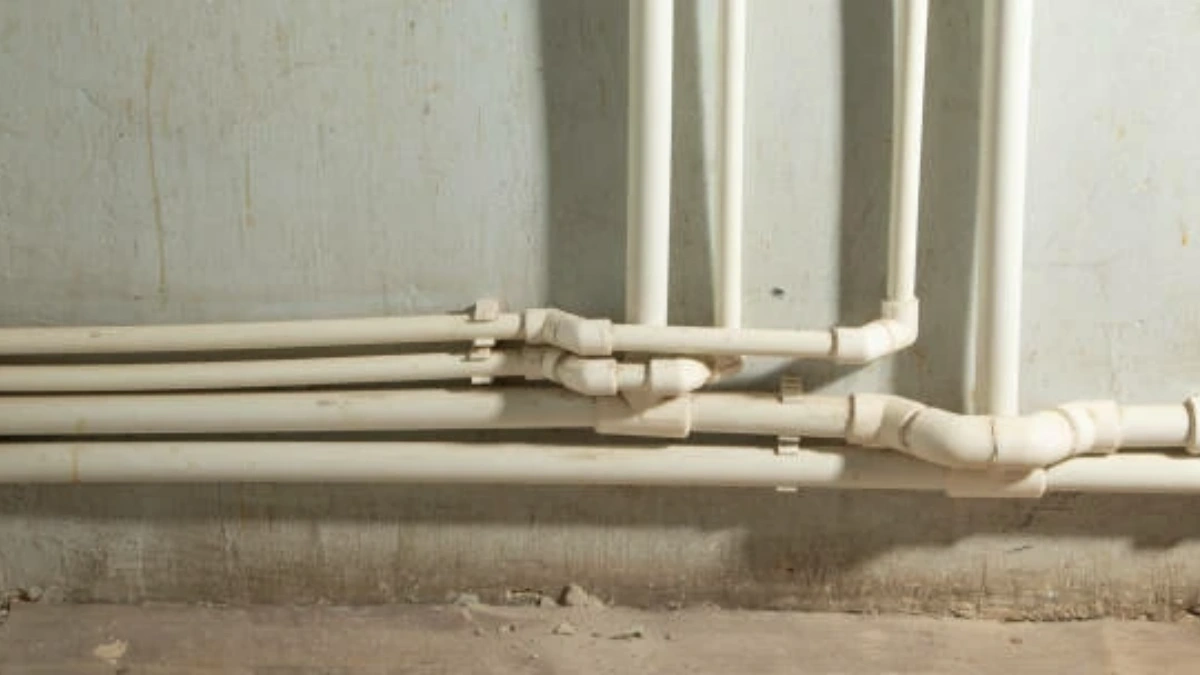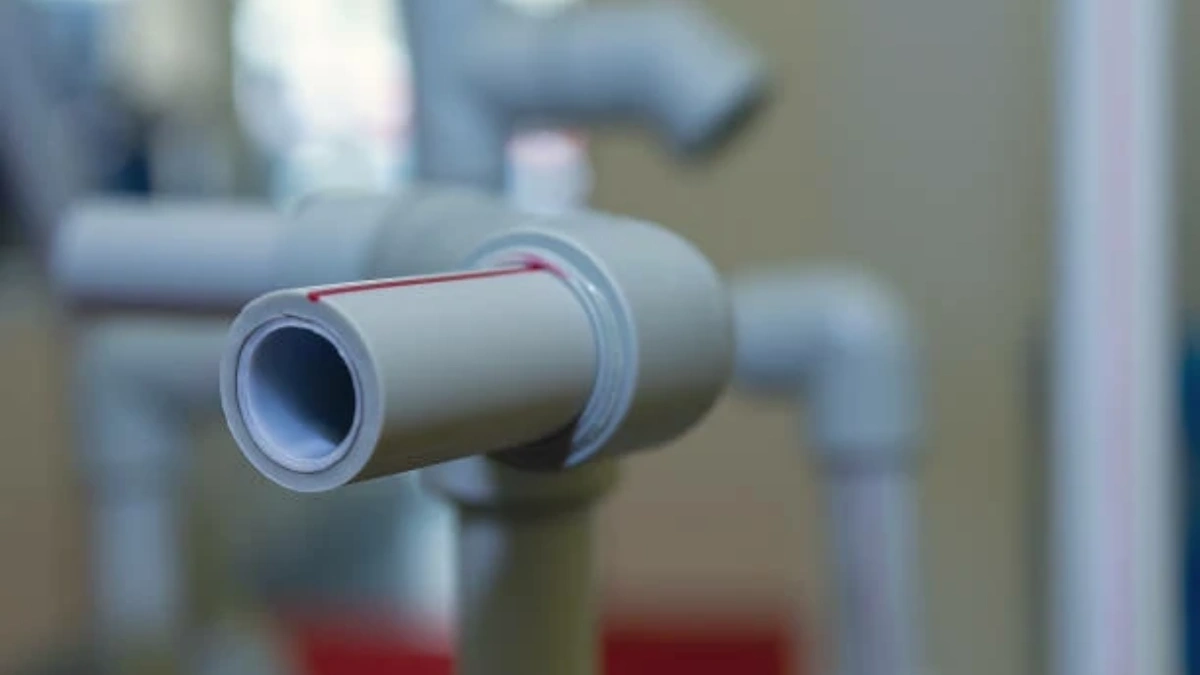Plumbing Solve delivers expert pipe repairs and maintenance solutions for all your home plumbing emergency needs.Understanding common plumbing pipe issues and their solutions helps homeowners prevent minor issues from becoming major headaches. This comprehensive 3000-word guide covers everything from leaky faucets to major pipe replacements, providing practical solutions for every plumbing emergency.
1. Leaky Pipes: Causes and Solutions
Leaky pipes rank among the most common plumbing problems homeowners face. These unwelcome drips can waste hundreds of gallons of water while causing structural damage to your home.
Primary Causes:
- Corrosion in older metal pipes (especially galvanized steel)
- Loose pipe fittings and connections
- High water pressure exceeding 80 psi
- Freeze damage in unprotected pipes
- Poor initial installation quality
Immediate Solutions:
- For small leaks: Apply epoxy putty or use a pipe clamp as a temporary fix
- For joint leaks: Tighten compression fittings with an adjustable wrench
- For threaded connections: Replace worn washers or apply pipe thread tape
- For pinhole leaks in copper: Use a copper repair sleeve
Long-Term Prevention:
- Install a pressure regulator if your water pressure exceeds 60 psi
- Insulate pipes in unheated areas before winter
- Replace aging galvanized pipes with PEX or copper
- Schedule annual plumbing inspections
Pipe Material Considerations:
- Copper pipes develop pinhole leaks in acidic water conditions
- Galvanized steel corrodes from the inside out
- PEX resists corrosion but can’t be used outdoors
- PVC becomes brittle in freezing temperatures
2. Clogged Drains: From Minor to Severe Blockages
Clogged drains disrupt daily life and can lead to messy overflows if not addressed promptly.
Common Culprits:
- Kitchen sinks: Grease, food particles, and soap buildup
- Bathroom drains: Hair, soap scum, and toothpaste
- Main sewer line: Tree roots, collapsed pipes, or accumulated debris
Effective Solutions:
- Plunger method: Create a tight seal and use vigorous up-and-down motion
- Drain snake: Effective for hair clogs and deeper blockages
- Baking soda/vinegar: Natural alternative to chemical cleaners
- Hydro jetting: Professional solution for severe clogs
Preventive Measures:
- Install drain strainers in all sinks and showers
- Avoid pouring grease down kitchen drains
- Flush drains monthly with hot water
- Schedule professional drain cleaning every 2 years
3. Low Water Pressure: Diagnosis and Repair
Weak water flow makes simple tasks frustrating and may indicate serious plumbing issues.
Potential Causes:
- Mineral buildup in aerators and showerheads
- Partially closed shutoff valves
- Corroded galvanized pipes (common in homes built before 1970)
- Hidden leaks in the plumbing system
- Municipal water supply issues
Troubleshooting Steps:
- Check all faucets to determine if the problem is isolated or whole-house
- Remove and clean aerators from affected faucets
- Verify main shutoff valve is fully open
- Inspect visible pipes for signs of corrosion or leaks
Professional Solutions:
- Pipe descaling for mineral buildup
- Whole-house repiping for corroded galvanized systems
- Pressure regulator installation for inconsistent pressure
4. Running Toilet: Water Waste and Repair
A running toilet can waste up to 200 gallons of water daily, significantly increasing water bills.
Mechanical Components to Check:
- Flapper valve (most common failure point)
- Fill valve assembly
- Float mechanism
- Overflow tube height
Step-by-Step Repair:
- Turn off water supply to toilet
- Remove tank lid and inspect components
- Adjust float to proper water level (1″ below overflow tube)
- Replace flapper if worn or damaged
- Consider complete fill valve replacement for older toilets
Water-Saving Upgrades:
- Install dual-flush conversion kits
- Choose WaterSense certified components
- Consider pressure-assisted toilets for better performance
5. Frozen Pipes: Prevention and Emergency Response
Frozen pipes present serious risks of bursting and water damage during cold weather.
Vulnerable Areas:
- Exterior walls
- Unheated basements and crawlspaces
- Attics and garages
- Under kitchen and bathroom cabinets
Thawing Techniques:
- Use a hair dryer on low heat setting
- Apply heat tape specifically designed for pipes
- Wrap pipes with warm, wet towels
- Never use open flames or high-heat devices
Prevention Strategies:
- Insulate pipes with foam sleeves
- Maintain home temperature above 55°F
- Let faucets drip during extreme cold
- Seal air leaks near pipes
6. Water Heater Problems: Troubleshooting Guide
Water heater issues range from minor adjustments to complete system failures.
Common Symptoms:
- No hot water
- Inconsistent water temperature
- Strange noises (popping or rumbling)
- Discolored water
- Leaks around the unit
Maintenance Checklist:
- Flush tank annually to remove sediment
- Test pressure relief valve yearly
- Replace anode rod every 3-5 years
- Insulate exposed hot water pipes
When to Replace:
- Age over 10-12 years
- Frequent repairs needed
- Visible tank corrosion
- Significant leaks from tank
7. Sewer Line Backups: Warning Signs and Solutions
Sewer problems create health hazards and require immediate attention.
Red Flags:
- Multiple drain clogs simultaneously
- Gurgling sounds from drains
- Sewage odors indoors
- Water backing up in unusual locations
Professional Solutions:
- Video camera inspection to locate problems
- Hydro jetting to clear blockages
- Trenchless pipe repair for collapsed sections
- Root removal for tree root intrusions
8. Water Hammer: Solve Pipe Noises
The loud banging known as water hammer indicates potential pipe damage.
Primary Causes:
- Sudden valve closures
- Loose pipe straps
- High water pressure
- Air in pipes
Correction Methods:
- Install water hammer arrestors
- Secure loose pipes with additional straps
- Adjust water pressure
- Drain system to remove air pockets
DIY Plumbing Safety Tips
While many plumbing repairs are DIY-friendly, observe these precautions:
- Always shut off water supply before working
- Use proper tools for each task
- Know when to call a professional
- Never attempt gas line repairs yourself
- Wear protective gear when working with drains
When to Call a Professional Plumber
Certain situations require licensed expertise:
- Main water line issues
- Sewer system backups
- Whole-house repiping
- Gas line connections
- Complex installations
FAQs About Plumbing Pipe Issues & Plumbing Solve Solutions
1.Why does my water smell like metal?
Metallic odors often indicate corroding pipes. Have your water tested and consider pipe replacement if corrosion is severe. Plumbing Solve Diagnostic: Smells + discolored water usually mean galvanized pipe failure.
2.How often should I replace my plumbing pipes?
Copper pipes last 50+ years, PEX 40-50 years, and PVC 25-40 years. Galvanized steel pipes typically need replacement after 20-50 years. Plumbing Solve Tip: Schedule annual inspections to catch aging pipe issues early.
3.What’s the best pipe material for my home?
PEX offers excellent durability and ease of installation for most homes. Copper remains premium but costly. PVC works well for drainage systems. Plumbing Solve Insight: Consult a pro to match materials to your water type and climate.
4.Can I mix different pipe materials?
Yes, with proper transition fittings. Use dielectric unions when connecting dissimilar metals to prevent corrosion. Plumbing Solve Warning: Improper transitions cause 23% of DIY plumbing fails.
5.How do I prevent pipes from freezing?
Insulate exposed pipes, maintain heat above 55°F, let faucets drip in extreme cold, and seal drafts near pipes. Plumbing Solve Emergency Protocol: If pipes freeze, shut off main valve immediately and call a pro.

















